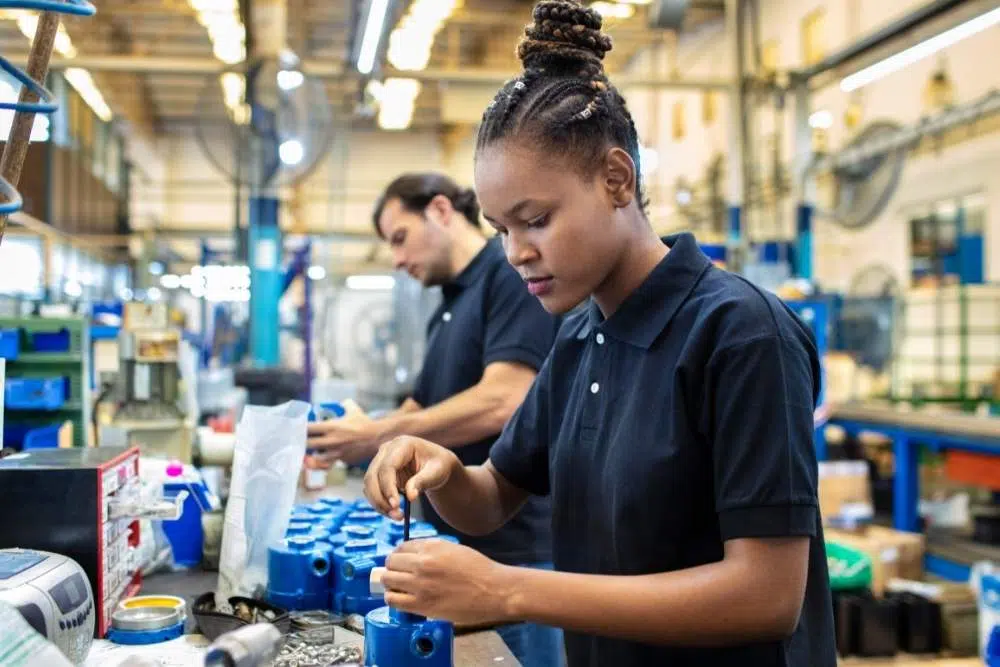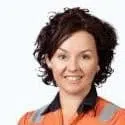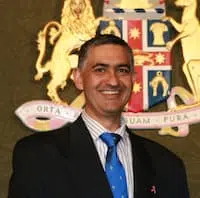Menu
- Home
- About
- Services
- Ergonomics Strategy – Policy and Procedure Development
- Ergonomics Risk Assessments for Heavy Industries
- Ergonomics Risk Assessments for Manual Handling
- Ergonomics Risk Assessments for Furniture and Office Fit Outs
- Monthly Onsite Ergonomics Services
- Ergonomist Expert Witness (Legal Cases)
- Ergonomics in Design Workshops
- Ergonomics Training Courses (Train-the-Trainer)
- Green Star Certification
- WELL Movement Concept Advisory
- Programs
- Resources
- Blog Articles
- Rapid Entire Body Assessment (REBA)
- Rapid Upper Limb Assessment (RULA)
- Revised National Institute of Occupational Safety & Health (NIOSH) Lifting Equation
- Participative Ergonomics for Manual Tasks (PErforM)
- Manual Tasks Risk Assessment (ManTRA)
- APHIRM Toolkit
- ACGIH Threshold Limit Value (TLV) for Hand Activity
- Contact
close













